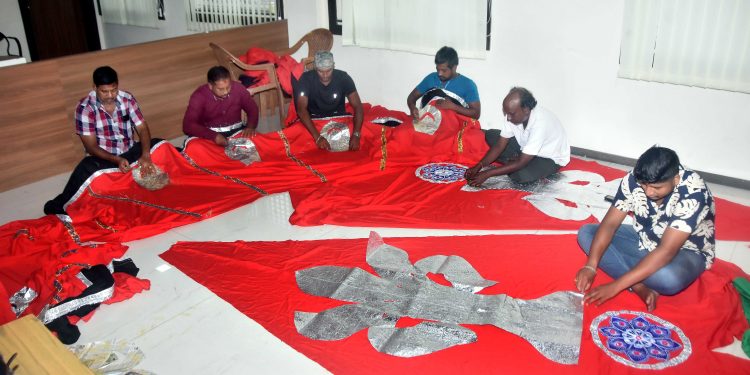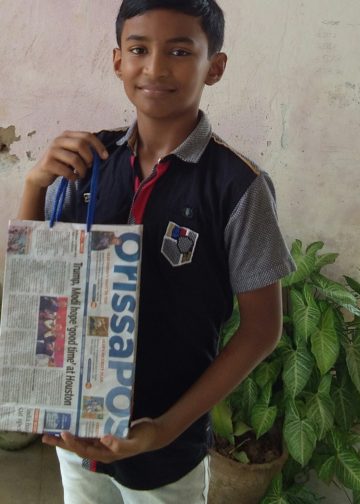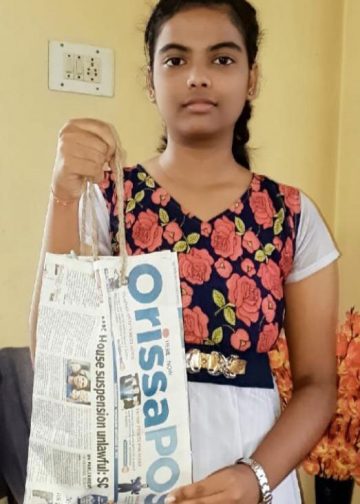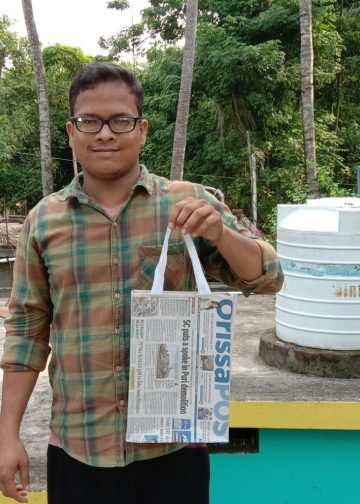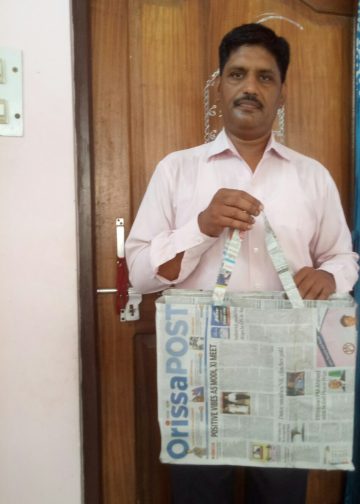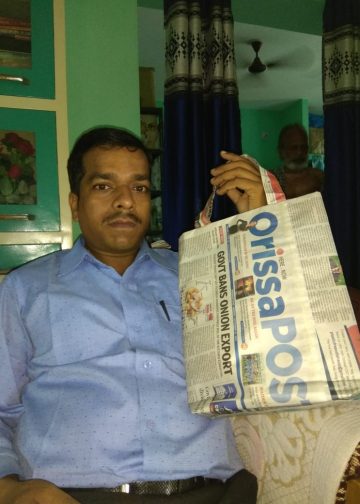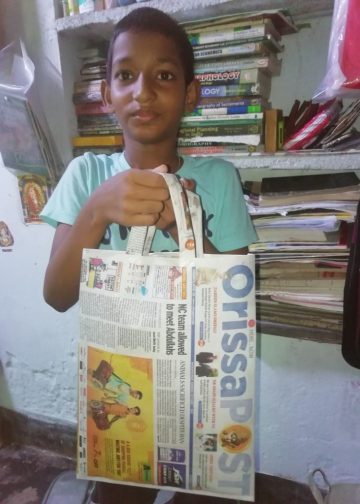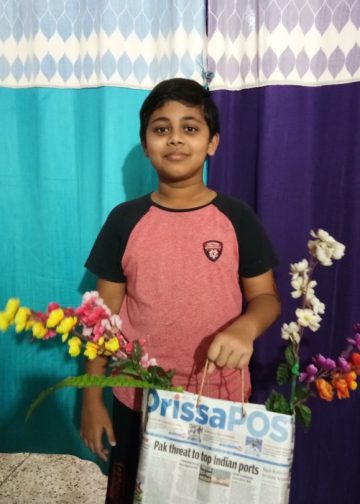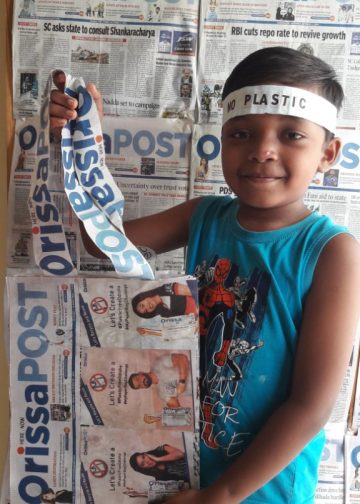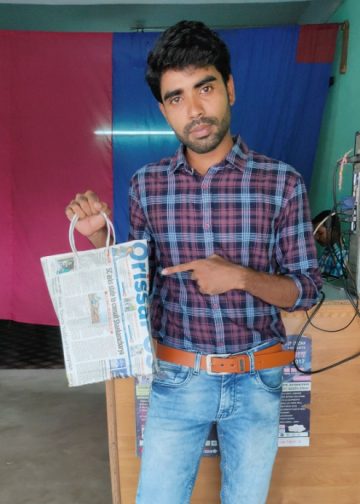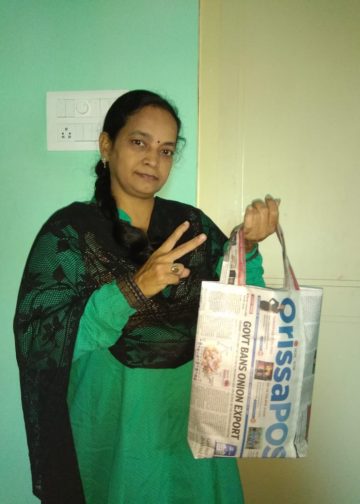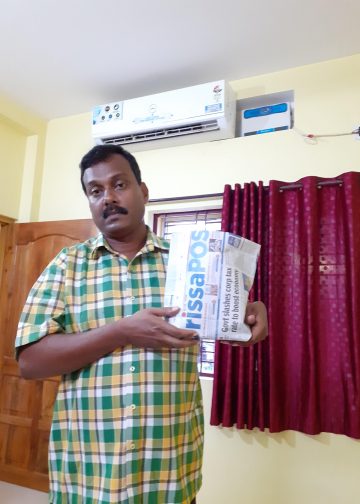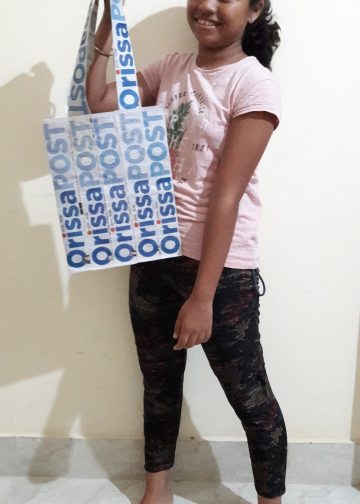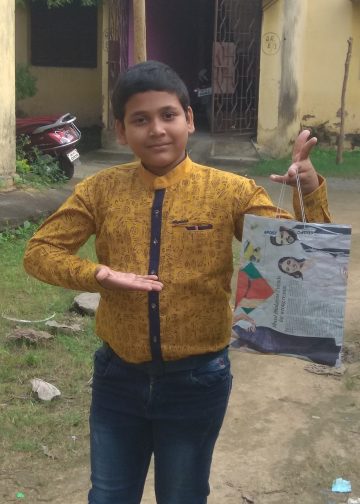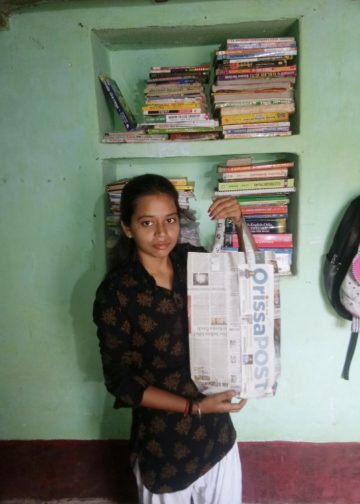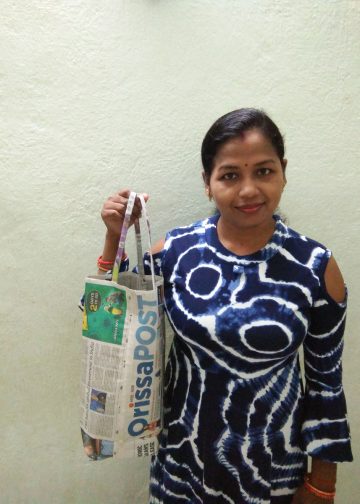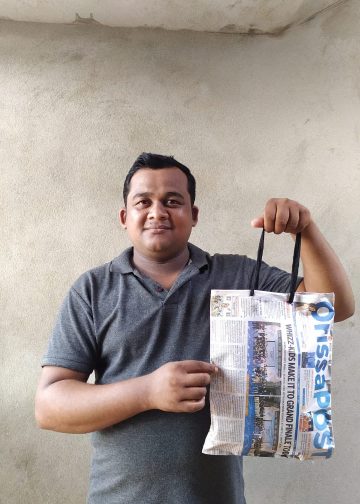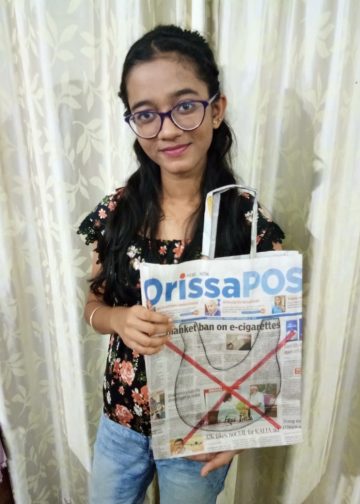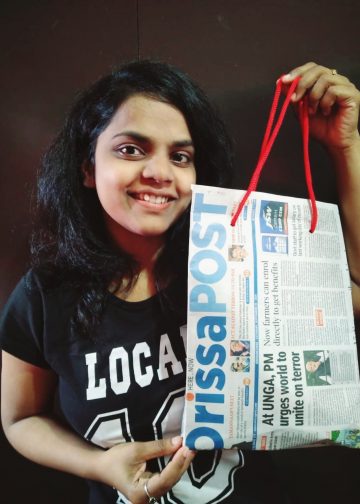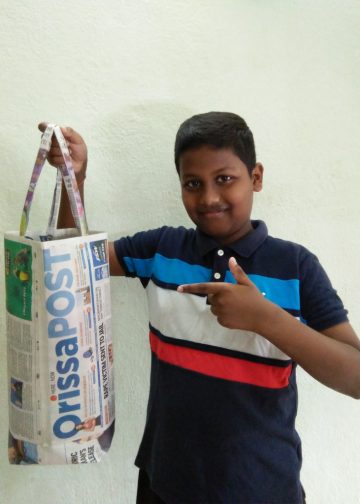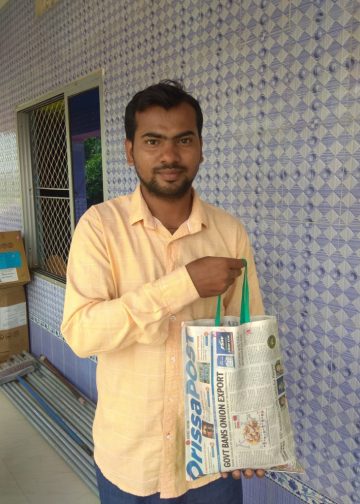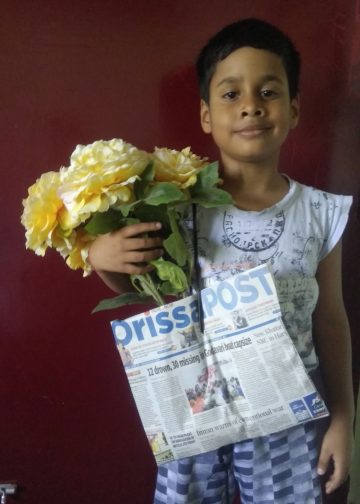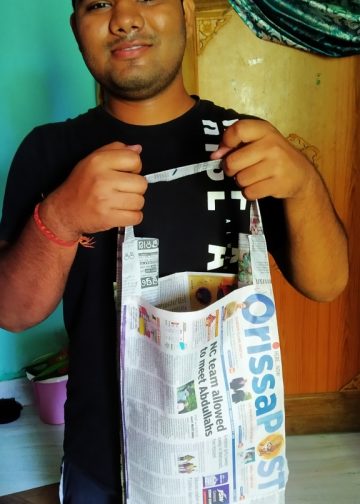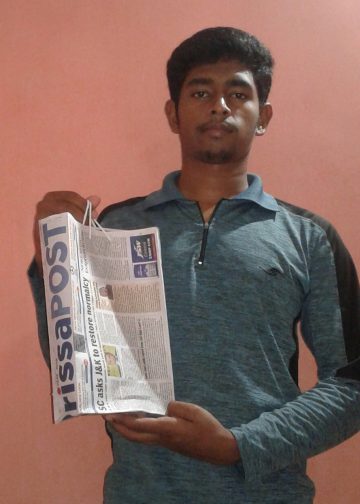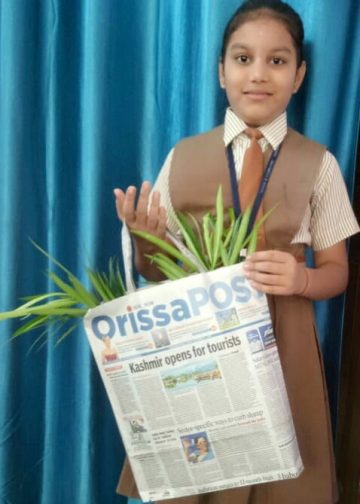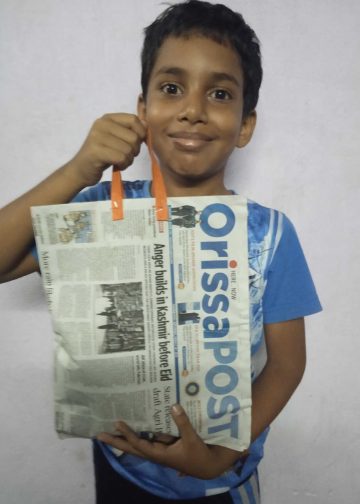Among the various types of traditional services offered to Lord Jagannath at the Shree Jagannath Temple, one of the most essential yet lesser-known is the Darji Seba – the tailor’s service. Renowned heritage scholar Surendra Kumar Mishra explains that this service is an indispensable component of temple rituals and has been meticulously preserved for generations. The tailors serving in this capacity are collectively known as ‘Darji Sevaks’. They operate under the leadership of a ‘Sardar’ (chief), who organises and supervises their tasks, as recorded in Srimandir Record of Rights (RoR). These servitors work according to ancient service rolls (Bedhapatra), with only the Darji chief authorised to tie the ceremonial cloth known as ‘Sadhi/Saree’. No other tailor may perform this specific duty. This is a hereditary service, traditionally passed down within families. Darji servitors are often associated with the Mahapatra surname. They start serving once they acquire the necessary skills and knowledge. Each Bedha (service group) has a defi ned structure and sequence, determining who works when and in what order. There are a total of 12 Bedhas dedicated to tailoring duties, ensuring year-round service in alignment with the temple calendar. This system illustrates the scale and complexity of ‘Darji’ service. Tailors are integral to all 13 major annual rituals of the Lord. During the reign of Gajapati kings, ‘Darji’ servitors were officially recognised through royal decrees (Sanands). A royal order, which is still with Deulakarana servitors of the temple, shows that these designated tailors had the exclusive right to sew and sell the ceremonial flags (Bana) hoisted atop Srimandir’s ‘Nilachakra’. Some tailors even held property deeds (Kabala) from the Gajapati kings, earning them the name ‘Kabaladar Darji’.
These privileges allowed for the buying and selling of the tailoring rights – a practice still remembered today. If a tailor could not perform his duties or lacked heirs, he was permitted to sell his service entitlement to another qualified individual. During Anasara period, when the deities stay in seclusion, Darji servitors perform several key duties. They stitch the symbolic circular ‘Chaka Apasara’ on clothes and prepare garments for the deities. Apart from this, they craft ceremonial attire, shoulder clothes for Odhan Sasthi, decorative caps for the Dashavatara idols, pillow coverings, whisk-holders (Alata-Chamara), and even the ‘Trasa’ thread ornaments. On occasions such as Kumar Purnima and Dola Purnima, the tailors are given exclusive responsibilities for ceremonial stitching. However, their busiest and most visible period is during Rath Yatra (the chariot festival). Here, their craftsmanship is prominently seen in the preparation of the grand ‘Kanakamundi’ Chandua – a decorative canopy offered by the Bada Odia Math for the Lord’s seat (Ratna Vedi). During Nabakalebara – the periodic ritual of replacing the deities’ wooden forms – the ‘Darji’ servitors are responsible for stitching elaborate appliqué canopies for the temporary workshops and ceremonial mandaps such as Koilibaikuntha, Yajna Mandap, Kalasa Mandap, Snana Mandap, Nrusingha Mandap, and others. They also craft individual canopies for Lord Balabhadra, Goddess Subhadra, Lord Sudarshan, and Lord Jagannath. Beyond these, the tailors produce pillows, cushions, and temple flags – each imbued with ritual significance. Through centuries of silent service, the Daraji Sevakas have stitched themselves into the sacred fabric of Puri’s spiritual heritage, their thread tying tradition and devotion in seamless unity.

